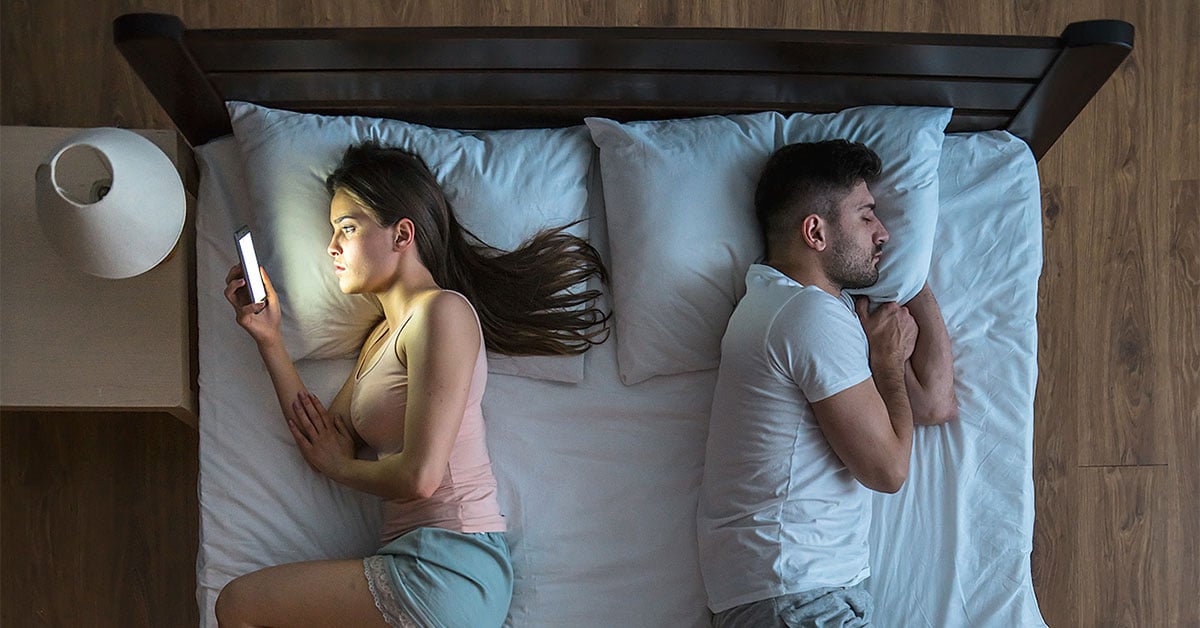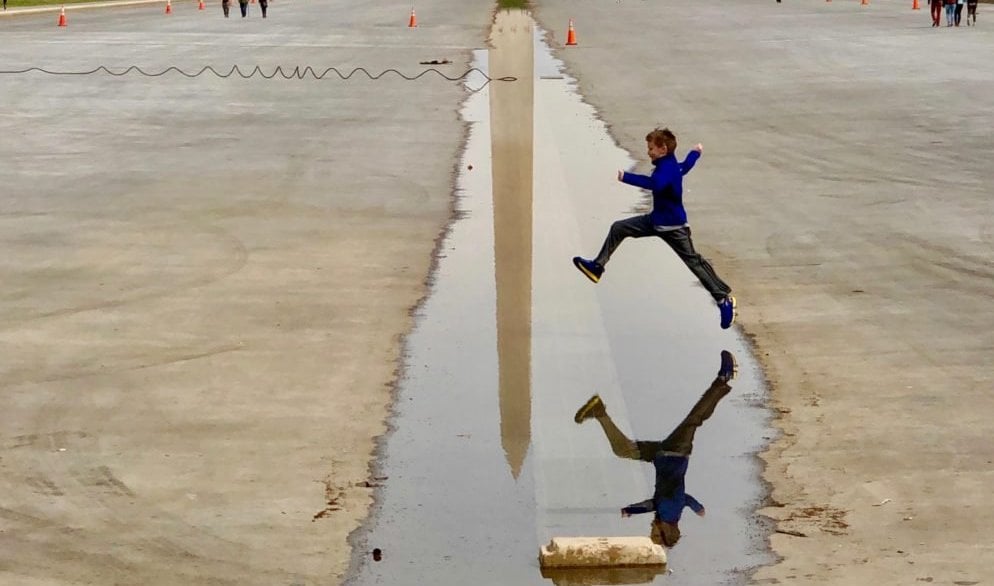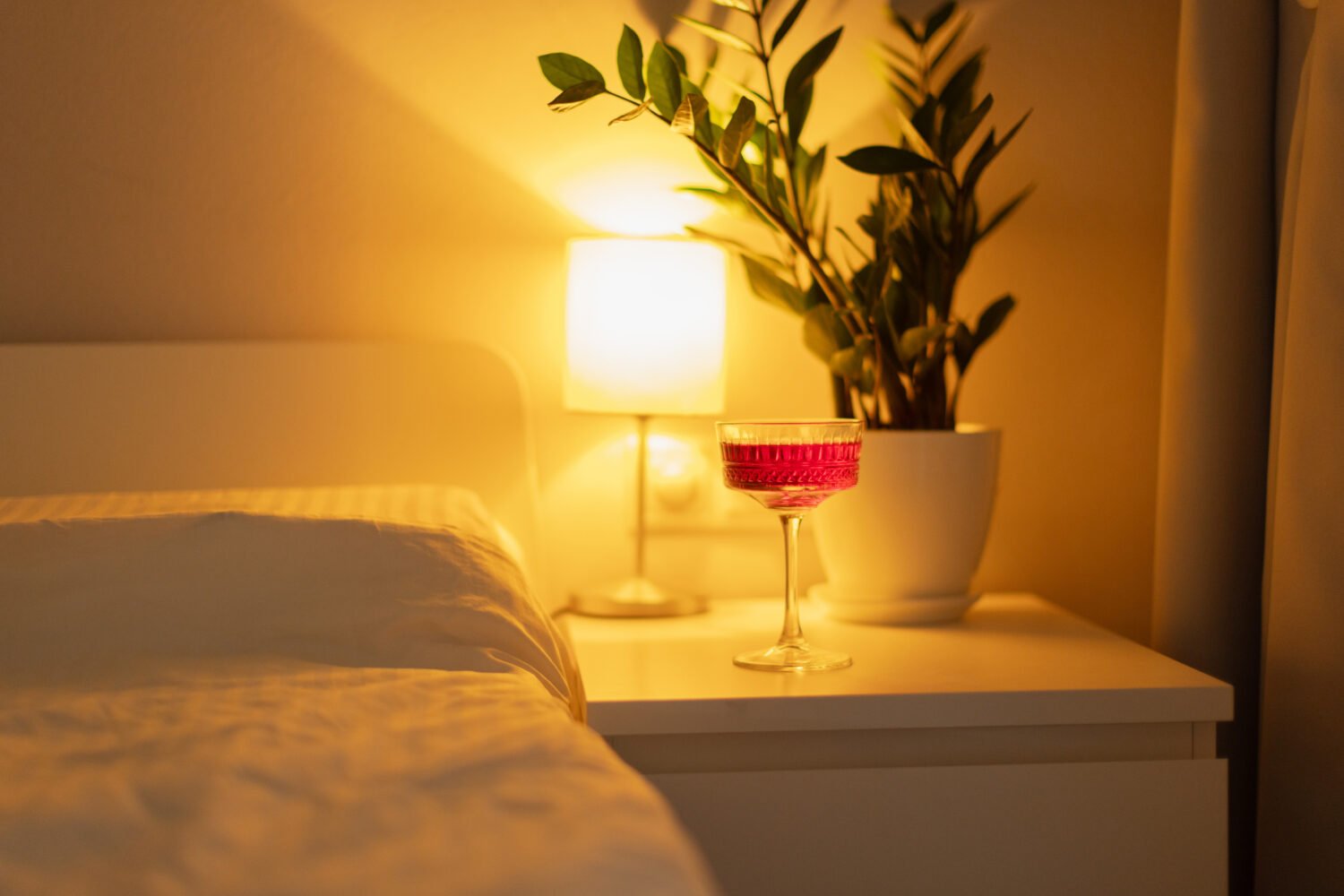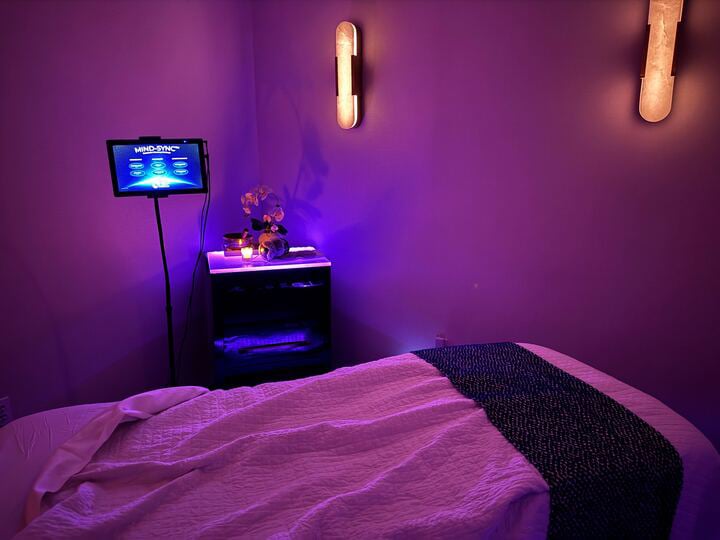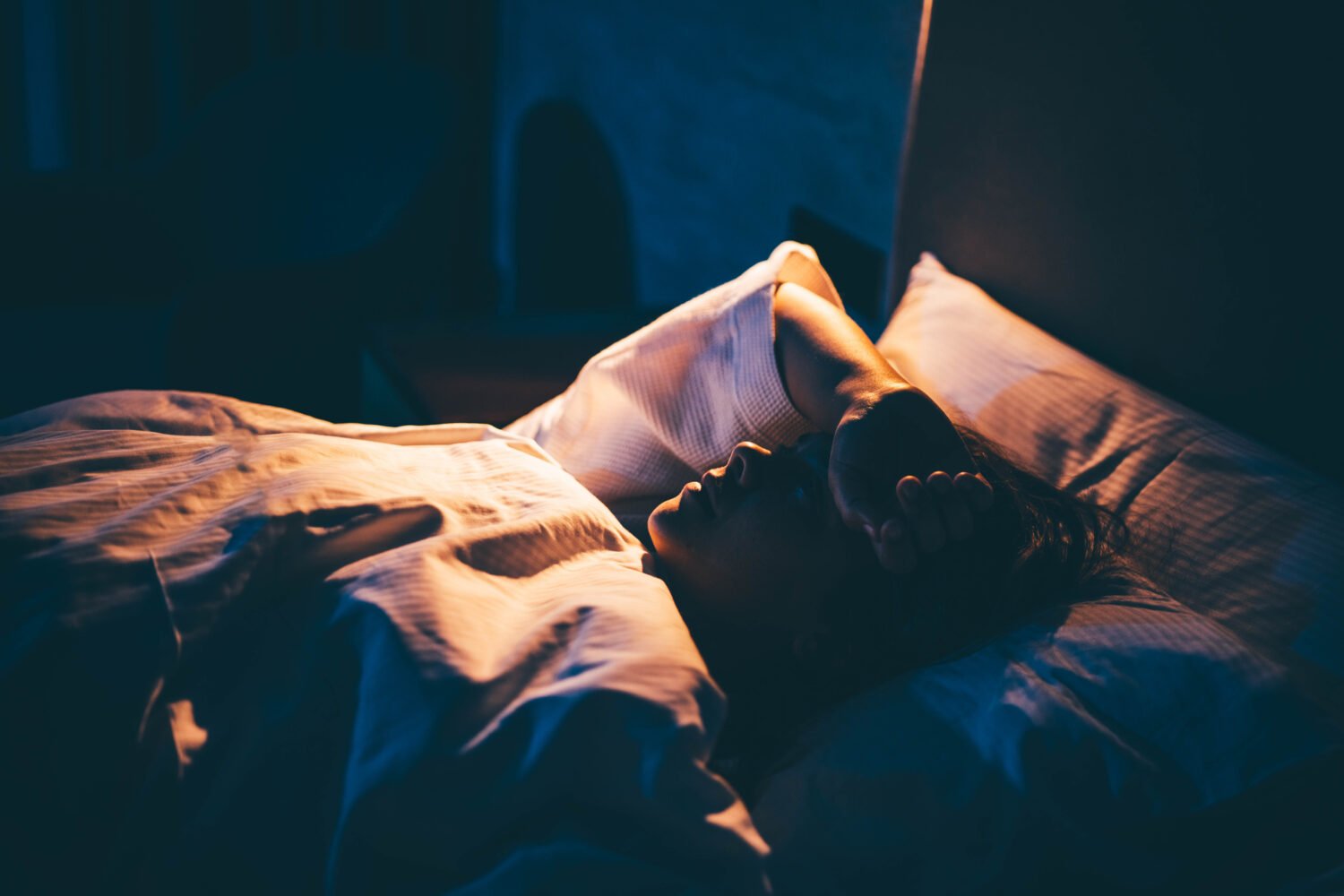Daylight Saving Time is normally a welcome indicator of longer days, more sunshine, and the shift to spring (save for that whole losing-an-hour-of-sleep thing). But research shows it can actually have adverse effects. In the week following the time switch, the risk of deadly car crashes jumps by six percent due to increased driver drowsiness and darker mornings, a study published in Current Biology found. Additionally, Daylight Saving Time can increase the risk of having a stroke or a heart attack due to sleep deprivation, according to a Vanderbilt University study.
But what about Daylight Saving Time during a pandemic? More people working at home means more flexible sleep schedules sans-commute—so what can we expect when our clocks switch forward come March 14?
Well, first of all, the effects of Daylight Saving Time typically depend on the person, says Sentara sleep medicine doctor Behnam Goudarzi. Typically speaking, your biological clock can adjust itself fairly well to a one-hour time difference, says Goudarzi, adding that folks typically don’t see the effects of jet lag until it hits a three-hour time change.
But that’s not to say that a lost hour of sleep can be totally harmless, says sleep doctor Richard Cho of the Neurology Center of Fairfax. If it results in sleep deprivation, that could lead to serious consequences such as affected thinking and attention spans, risky decision-making, and fatigue, he says. It can also increase mood changes, depression, anxiety, and chronic pain.
So how could the pandemic’s lifestyle changes ease the side effects of Daylight Saving Time? There could be fewer traffic fatalities, for one. Less people are commuting into the office these days, the doctors point out, which means it’s likely that there will be less sleepy folks driving in the dark, and therefore less accidents.
Additionally, longer days with more sunlight means that more people may venture outside compared to the winter, when the WFH life meant folks could go days without leaving their homes. This could make for better snoozing, says Cho: “Getting fresh air, getting natural light, being outside of the home, moving—that improves our energy levels and mood, and helps us get better sleep at night,” he says. (Just make sure you’re not getting too much light exposure before bed, he says, as that can keep you awake.)
And if you’ve been experiencing pandemic-induced anxiety, depression, or seasonal affective disorder, the longer days could help, too. “Things like depression and all of that should actually get better,” says Goudarzi. “More activity, more light, is generally in favor of a better mood.”
Daylight Saving Time might not be helpful, however, when it comes to helping your pandemic-induced insomnia. “Because you’re getting less light in the morning, that’s translating to more light in the evening time,” says Cho. “And actually, that extra light in the evening time makes it harder to fall asleep at night at what is now your new bedtime.”
If that sounds like you, both doctors encourage working on sleep hygiene: Make sure to avoid excessive light around bedtime, they say, including from screens. A bedtime routine could help, too, such as drinking milk or chamomile tea at night, or taking a hot bath. And it’s important to keep a regular sleep schedule: “Our circadian rhythm and our sleep cycles—they really thrive on routine and consistency,” says Cho. Only use the bed for sleeping, say the doctors—not scrolling through Instagram or taking Zoom calls with the camera off—and try to wake up around the same time each morning.
If you’re particularly worried about Daylight Saving Time knocking you off-kilter, Cho suggests waking up 20 minutes earlier than you normally would over the next two days—when the clock eventually moves a full hour earlier, that will make the transition less abrupt.

